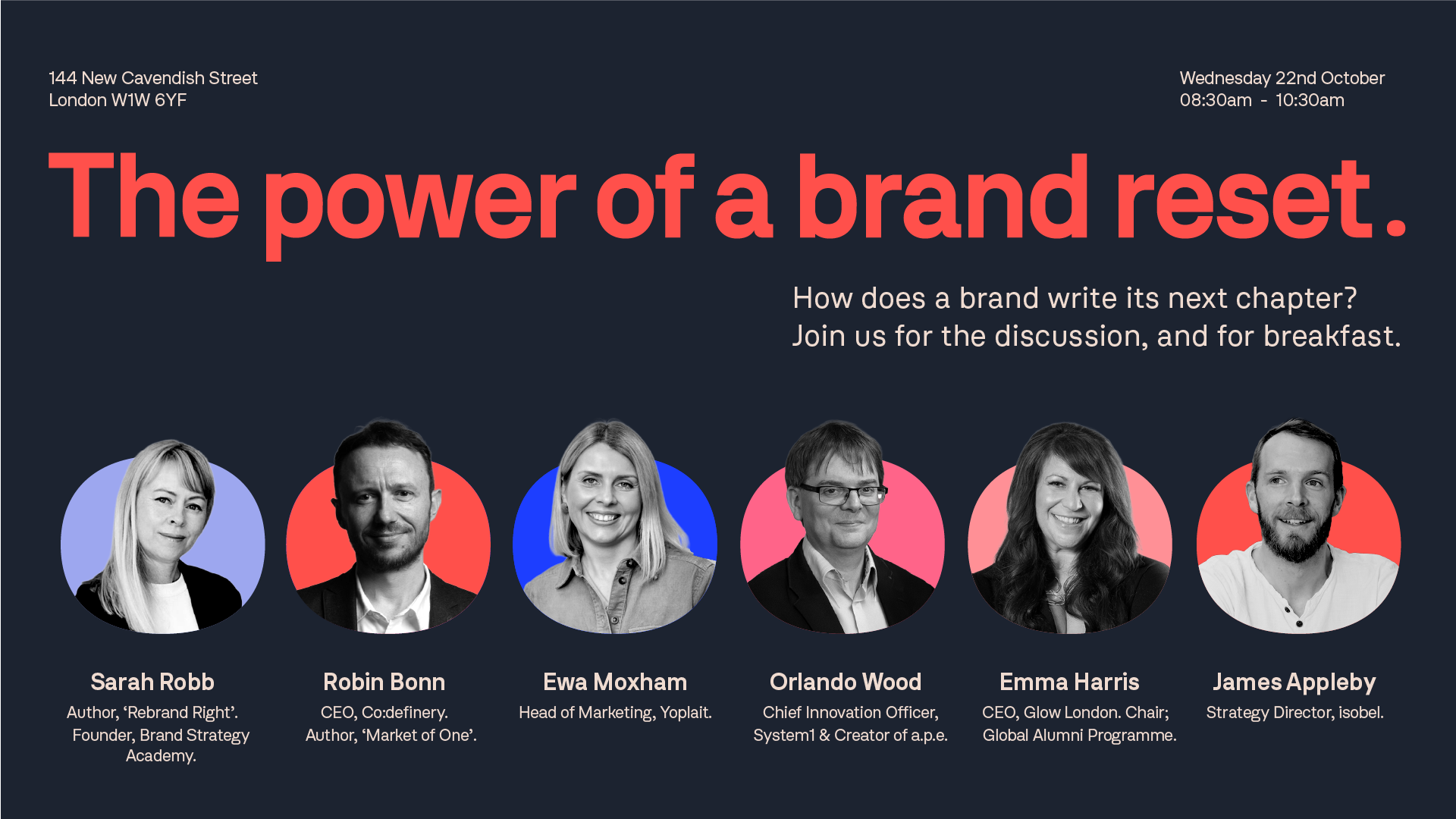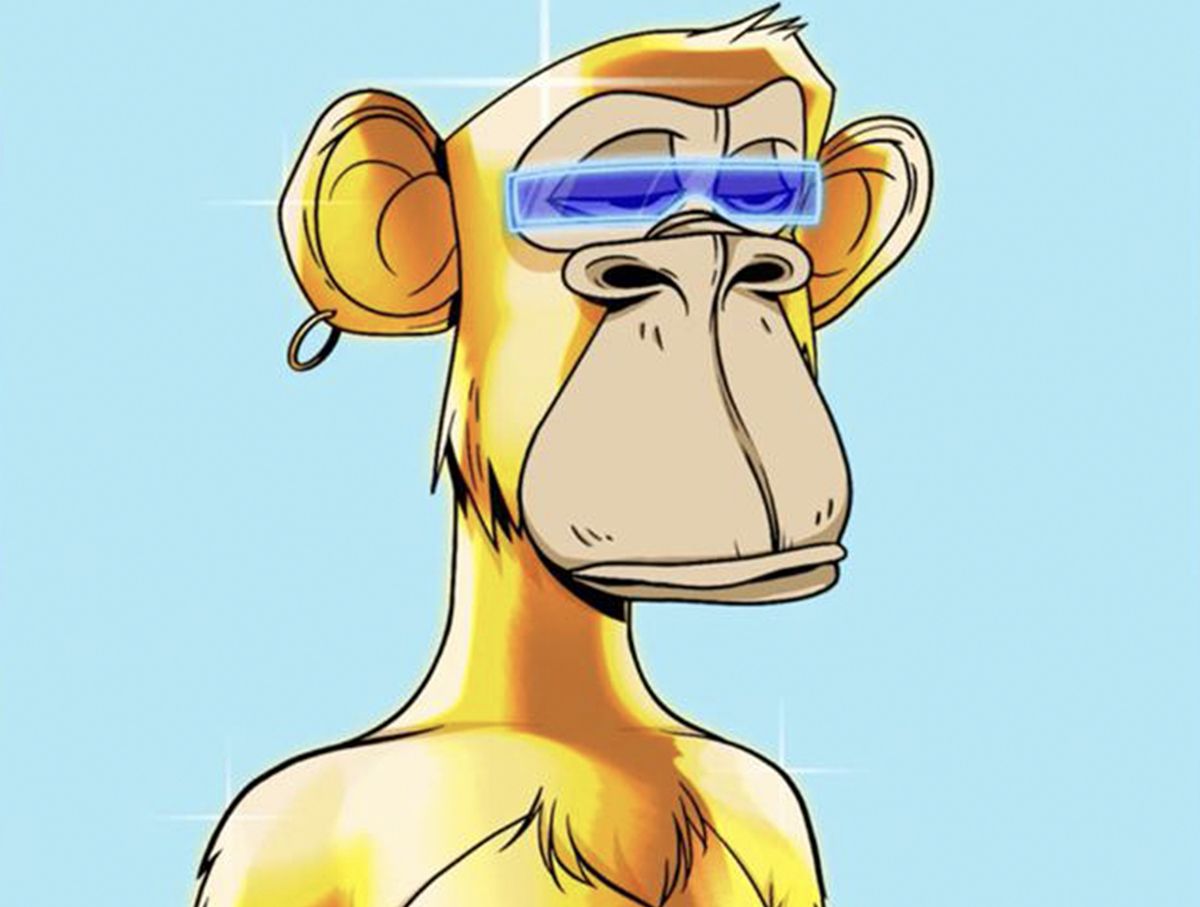
NFT MARKETING FOR DUMMIES >
17 November 2021
“Yeah we get what it is… but what can it do?”
The world of crypto can be a puzzling place for the uninitiated.
At last, millennials know how baby boomers felt during the rise of the internet. Once described as a giant library existing in a spider web, the internet was touted as the next big thing that no one really understood. “Yeah we get what it is… but what can it do?”
Now it’s impossible to imagine our lives without it. Whether it’s the social profiles we exist in online, or our bank accounts of digital 1s and 0s that we log in to on our phones.
Champions of the crypto frontier hail it as a technology that will transform the world with internet magnitude. That’s easy for them to say. But what can it actually do? And how can brands use NFTs?
Firstly, you should know you already use crypto every single day, even if you don’t have a crypto wallet. The cyber maths that makes up NFTs, smart contracts and crypto currency ledgers, is the same maths we use to create accounts and passwords online.
Your password is converted into a one way encrypted code that’s used to verify you are who you say you are.
In case you’re interested, it’s one way, because of the computation time required to factor out prime numbers. All you need to know is it can take computers a lot longer to divide than multiply. With big enough numbers, years longer.
This use of cryptography ensures a certain level of security, and is the founding principle of trust every financial transaction, text message, login, download is based on today.
There’s a lot of talk about decentralised currency — where the currency network itself authorises and keeps track of transactions, much like banks do. Except there are no banks. Because the currency itself is doing all the work. This is why countries with strict controls over their financial leavers, like China, have recently banned crypto assets. The idea of a decentralised exchange, removes power from banks and governments and gives it to the people who hold the currency — in some cases allowing them to vote on increasing/decreasing the supply, changing staking rates and more.
So that’s what it is. But what can it do?
NFTs are finding new use cases for cryptography. And with Adobe Photoshop adding new NFT creation tools, I think we’re far from seeing any let up.
Here are five future uses for NFTs that we’re bound to see more of soon.
Create Collectible Merchandise and Digital Products.
Art in real life is art. Art online isn’t necessarily art. It’s most likely a copy of a copy of a copy of something — impossible to prove it’s the original piece and because it’s easily obtainable by everyone, is essentially worthless.
An NFT encrypts code into the art work, much like brush stroke signatures of a Rembrandt, it’s there for the experts to see. This code can tell you how many copies of this particular file exist, who the creator is and who the owner is. And this is kind of game changing.
It’s what spurred on the NBA’s collectible Topshots and Marvel’s Marvel Mightys NFTs. And allowed Beeple’s Everydays — The First 5000 Days to sell for $69 million at Christie’s.
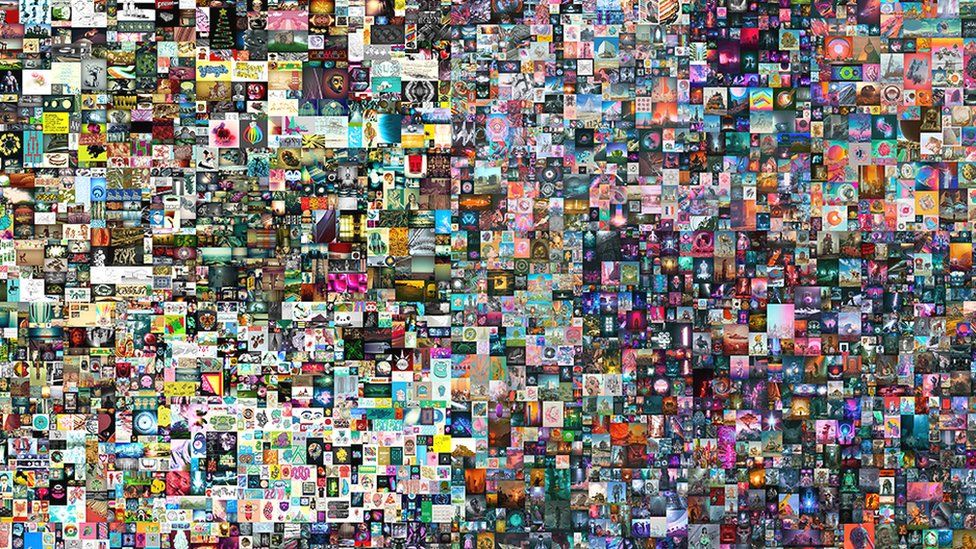
Build Loyalty, Engagement and Connectedness.

You know those little cards you get stamped at your local coffee place? They could be due a major upgrade. More than just a digital means of keeping track of how many coffees you’ve had. An NFT loyalty scheme could earn customers badges for reaching certain milestones, unlocking perks such as a year of 5% off after 10 coffees, 10% off after 50 coffees. 25% off after 100 and so on.
Besides gamification, they could be used to build digital connectedness to brands with untapped opportunities. Charity NFTs for special days, that donate X amount of each sale made through the NFT to a sponsor. And best of all, no hard work done behind the scenes, NFTs can use smart contracts to pay wallets directly.
Or a beauty brand could use them as a giveaway that entitles the owner to a decade worth of free beauty products just for shouting about their brand on social channels — something Clinique is doing right now.
Digitise Events, Ticketing and Promotions.
An NFT concert ticket could bring back the era of collectible ticket stubs. It could be used to pay for snacks and drinks inside the venue, and use smart contracts to split any sales fairly between the event hosts.
More than this, NFT tickets will allow event holders to know for sure who the ticket holder is, because each ticket will be made uniquely for the purchaser. This won’t just allow them to control the supply of tickets completely, avoiding the inevitable miss on profit from resold tickets, it’ll enable them to track data on who’s coming, and what their movements were at their gig/festival.
NFT tickets could also grant VIP access and special privileges to more premium ticket holders.
Create Decentralised Digital Identities.
Currently you log in to Twitter, Instagram, Amazon, and your bank using different profiles for each. NFTs open the possibility of securely creating a digital avatar of yourself that can be used to verify your identity anywhere.
This is similar to logging in with Facebook, or signing in with Apple ID. Except, rather than your identity being centralised with either platform, it would be owned by you in a digital token.
Your ID could safely and securely keep track of all kinds of things. Your name, address, bank balance, passport, driving licence, qualifications, gamertag, vaccine status. If this sounds like a dystopian episode of Black Mirror, then brace yourself, because once we can guarantee security this only seems inevitable. On a plus, it might help eliminate online hate trolls.
But don’t worry, we’re building a far better, more consensual relationship with the data of individuals.
Projects like the BAT, Basic Attention Token, could result in an end of Big Data harvesting from Facebook and Google. The idea being that if we all individually control our own data stored inside a digital token, we can choose to share bits of that data with advertisers and brands for a price — they’ll pay for it directly through smart contracts. Kind of like the way surveys pay participants now — only with far more data on offer, a wider sample size and in a decentralised agreement.
To find out the demographic of people visiting a website, or watching an ad, a marketeer could pay a small currency token to those people’s digital wallets directly, cutting out the middle men. Each person would earn slightly more tokens, depending on how much data they share with the brand.
Birth a New Dimension of Marketing.

Currently, most brands that have dabbled in NFTs have done so lightly, dipping their toes to test the water in a way that can seem bandwagonny.
They’ve created collectible NFTs like Pringles’ CryptoCrisp, Charmin’s Non-Fungible-Toilet-Paper, and Gucci’s NFT collection. These are fun attempts to appear on the pulse, raising awareness and building hype.
But as creatives and brands work out what’s possible with this new medium, expect to see new ways for brands to reach consumers, engage with them, and provide them with totally unique experiences.
Coca Cola’s recent charity auction of NFT assets points to something bigger happening. Take their Bubble Jacket, virtual attire that can be worn in the VR platform Decentraland . This is a nod of confidence from Coca Cola in metaverse marketing. Indeed, Facebook’s new parent company, META, is on a multi billion dollar mission to bring the long elusive metaverse into shape.
Marketing and advertising have evolved over the years from print, to radio, TV, web, social – is the next dimension meta?
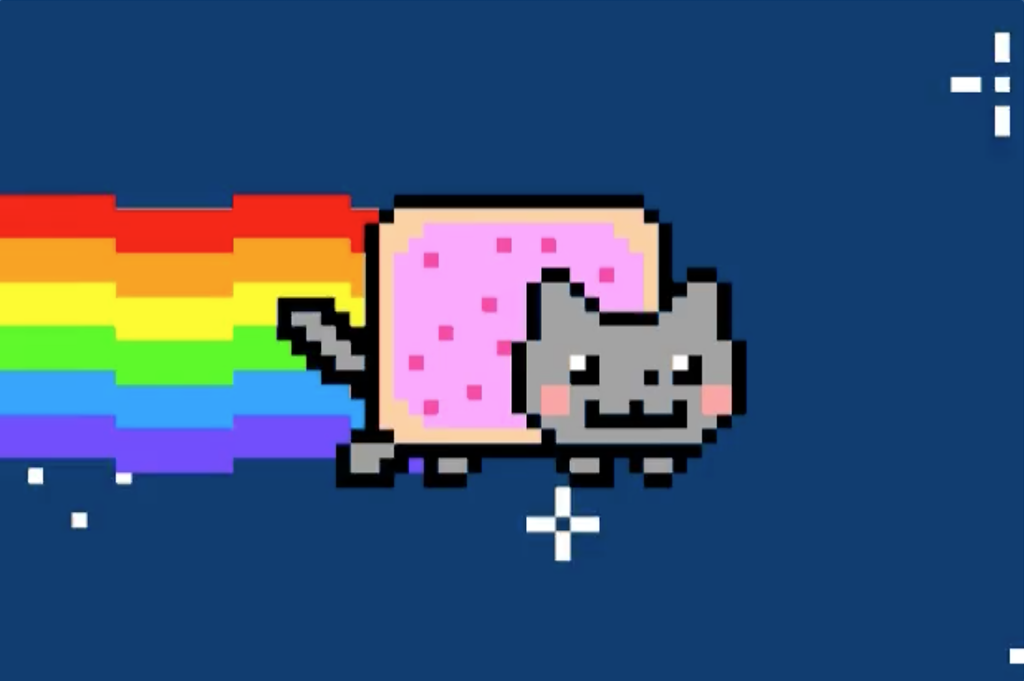
Written by Alex Hamilton.
More latest>
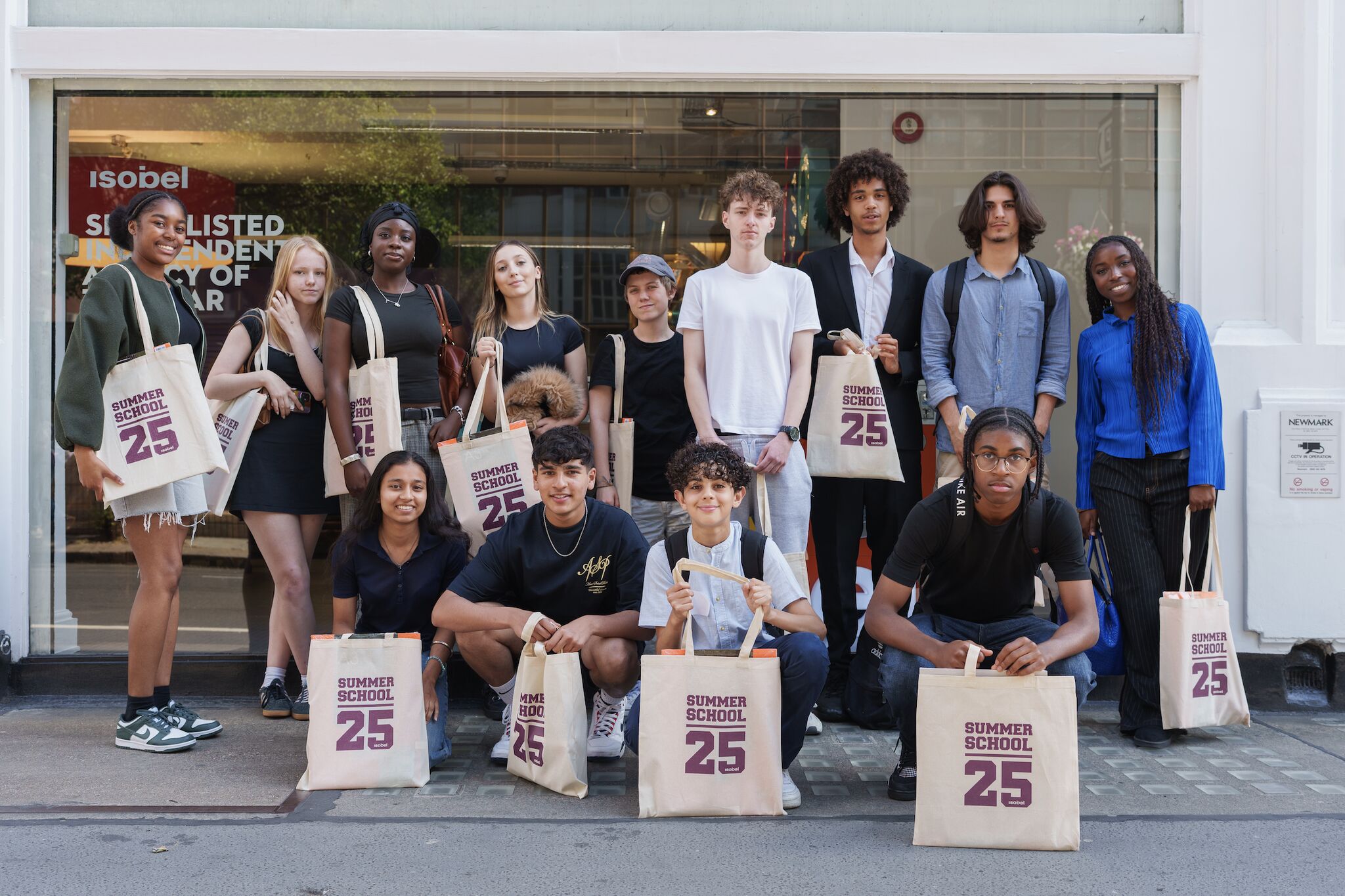
Summer School 2025 >
Summer School has got to be our favourite week of the year. Getting the next generation into the agency and…

Is Consumer Research still relevant >
Is consumer research still relevant in today’s environment? Jamie joined the Visionise podcast to dig into that very question -…
